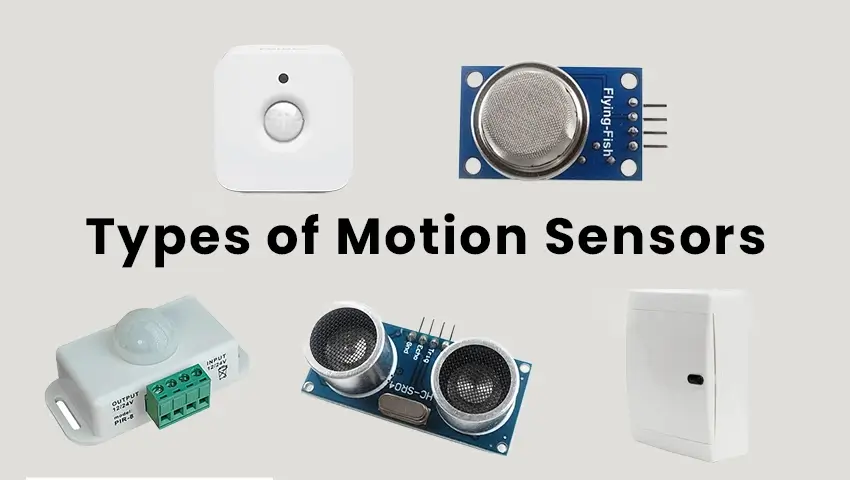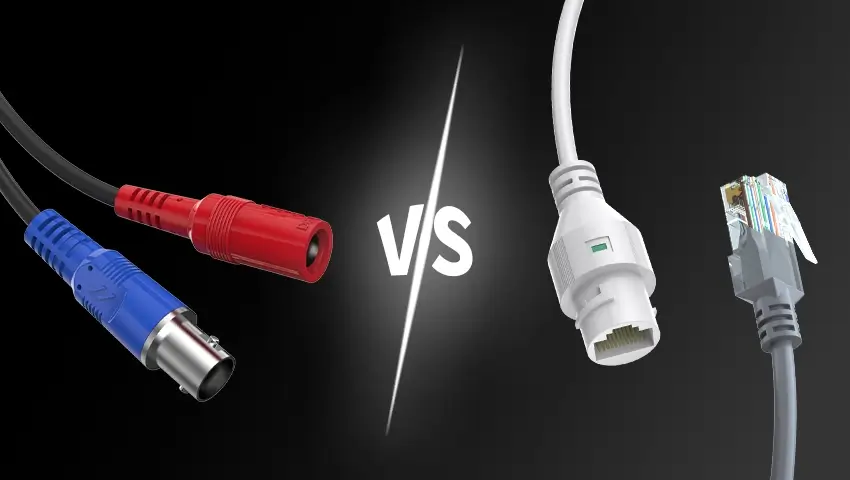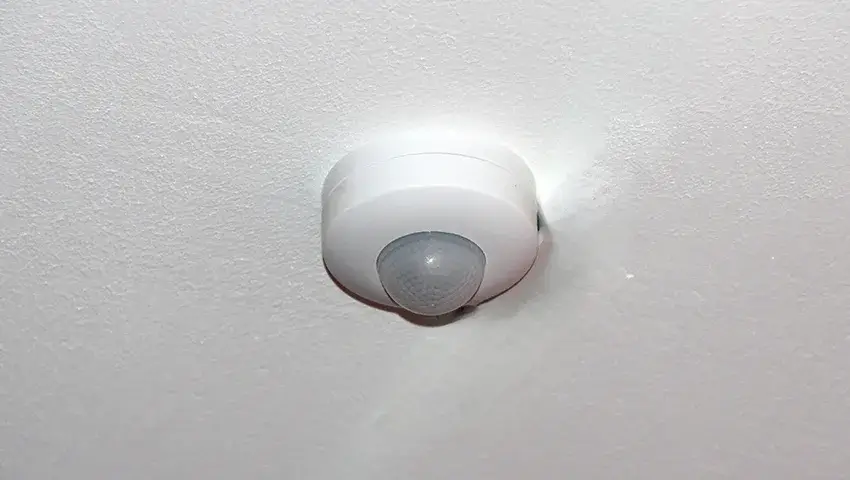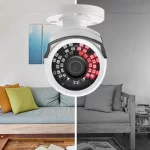Motion sensors play a crucial role in security systems, smart home automation, and energy efficiency. They detect movement and trigger specific actions, such as turning on lights or activating security cameras. This article explores the different types of motion sensors, their working principles, and their applications.
Contents
Passive Infrared (PIR) Motion Sensors
How They Work: PIR sensors detect infrared radiation (heat) emitted by objects. When a warm body, like a person or animal, moves across the sensor’s field of view, it registers a change and triggers an alert.
Applications:
- Home security systems
- Automatic lighting control
- Smart home automation
Pros:
- Energy-efficient
- Affordable
- Reliable in controlled environments
Cons:
- Limited detection range
- Prone to false alarms from temperature changes
Microwave Motion Sensors
How They Work: These sensors emit microwave signals and measure the time it takes for the waves to bounce back. Any movement in the area disrupts the reflected signal, triggering an alert.
Applications:
- High-security areas
- Industrial and commercial security systems
- Traffic monitoring
Pros:
- Covers larger areas than PIR sensors
- Works well in various lighting conditions
Cons:
- Consumes more power
- More expensive than PIR sensors
- Can interfere with other electronic devices
Dual Technology Motion Sensors
How They Work: These sensors combine PIR and microwave technologies to reduce false alarms. Both technologies must detect movement simultaneously to trigger an alert.
Applications:
- High-accuracy security systems
- Smart building automation
- Industrial monitoring
Pros:
- Minimizes false alarms
- Suitable for environments with varying temperatures
Cons:
- More expensive than single-technology sensors
- Complex installation process
Ultrasonic Motion Sensors
How They Work: These sensors emit high-frequency sound waves and analyze their reflections. Any disruption in the wave pattern indicates movement.
Applications:
- Hands-free door openers
- Automated lighting systems
- Medical and assistive technologies
Pros:
- Highly sensitive to movement
- Works in dark environments
Cons:
- Prone to false alarms from vibrations or airflow
- Limited range
Tomographic Motion Sensors
How They Work: These sensors use radio waves to detect movement. Multiple nodes create a mesh network, and any disruption in signal transmission triggers an alert.
Applications:
- Warehouse security
- Perimeter surveillance
- Large-area monitoring
Pros:
- Can detect movement through walls and obstacles
- Covers a wide detection area
Cons:
- High installation cost
- Requires multiple sensors for accurate detection
Vibration Motion Sensors
How They Work: These sensors detect movement based on vibrations. They use accelerometers or mechanical switches to sense movement and trigger alerts.
Applications:
- Anti-theft alarm systems
- Earthquake detection
- Vehicle security
Pros:
- Simple and cost-effective
- Useful for detecting tampering
Cons:
- Limited accuracy
- Can be triggered by environmental factors
Conclusion
Motion sensors come in various types, each with specific advantages and applications. PIR and microwave sensors are commonly used for security, while ultrasonic and tomographic sensors offer specialized solutions. Choosing the right motion sensor depends on your needs, environment, and budget. Whether for home security or industrial automation, motion sensors enhance safety and efficiency in everyday life.



